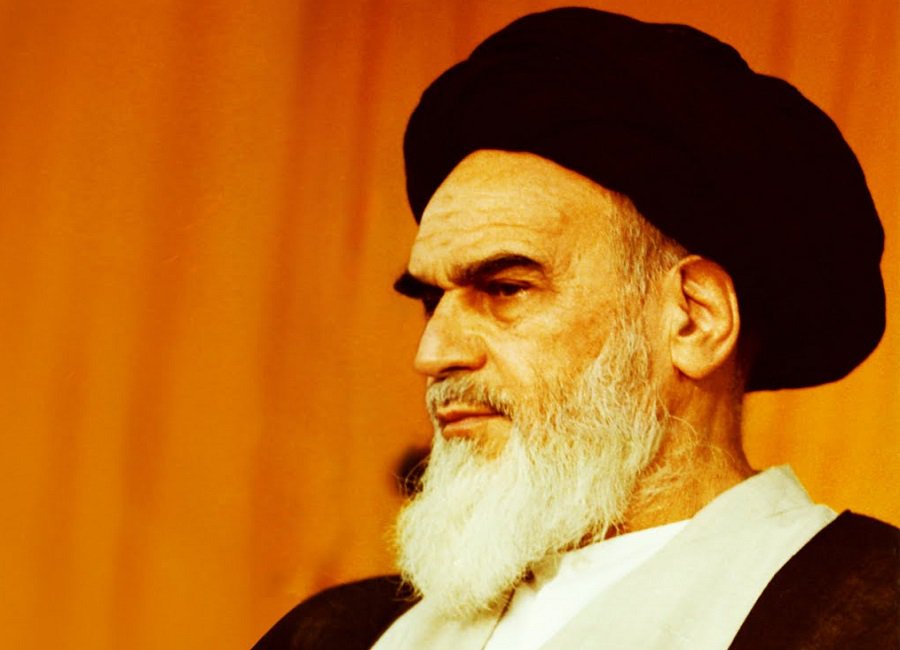Washington-In the aftermath of the Iranian revolution in 1979, Iran’s hierarchy was divided over the policy it should adopt towards Shi’ite communities abroad.
In February 1979, followers of Ruhollah Khomeini staged a coup against Shah Mohammad Reza Pahlavi’s regime and established the Islamic Republic.
Nine months after the success of the Iranian revolution, the United States Central Intelligence Agency (CIA) prepared a report that included dangers facing Iran’s neighboring countries following the revolution, described by the report as the “Shi’ite Revolution.”
CIA’s Perspective on Iraq
Baghdad wanted a stable relationship with Iran, regardless of the political or religious orientation of the group that controlled the government in Tehran.
The Ba’thists were able to reach an arrangement with the Shah and probably would like to strike a similar deal with the Islamic Republic despite their aversion for the Ayatollah Khomeini.
Attempts to fix an exchange of high-level visitors, however, have foundered.
Iraqi Shi’ites constituted 55 percent of the population and were in a good position to cause trouble for the predominantly Sunni Ba’thists should they adopt the Iranian experience as a blueprint for revolution.
The Shi’ites were concentrated in both urban and rural areas throughout southern Iraq.
Baghdad itself might be as much as one-half Shi’ite. Major oil pipelines passed through the Shi’ite provinces.
Strategic installations such as the port of Basrah, the Persian Gulf oil terminals and the southern oilfields were heavily dependent on Shiite labor.
Arab charges of more extensive links between Iran and rebellious Gulf Shi’tes might be correct.
According to Bahraini authorities, phone conversations were held in Bahrain among 25 Shi’ite activists, who were close to Khomeini in Iran not to mention the speeches seized, inciting against the ruling family.
In Kuwait, which has experienced relatively low level of Shi’ite dissident activity, contacts with radical Iranian Shi’ites is most likely less extensive than in Bahrain.
The government revealed that phone calls were held between Shi’ite activists in Kuwait and influential religious departments in Iran in addition to the meeting between Ayatollah Khomeini with a Kuwaiti Shi’ite delegation.
Iran worked on motivating Arab Shi’ites to demand religious, economic and political reforms in a steadily increased level in Iraq, Kuwait and Bahrain since the overthrow of the Shah of Iran.
However, the Iranian hierarchy was divided over the policy it should adopt toward Shi’ite communities abroad.
According to reports, Khomeini called for the creation of an international “Party of Oppressed,” which would provide him with a mechanism to regulate the international activities of his supporters and channel funds and put pressure on regimes that he might view with disfavor.
The document also revealed that the potentially most explosive link between Tehran and coreligionists abroad was the tie with Iraq Shi’ites.
Khomeini spent 13 years in exile in Iraq, residing at Kerbala, a religious center for all Shi’ites.
From there, he maintained contacts with Shiite centers in Iran and plotted against the Shah.
The document added that secular figures in Iran’s provisional government saw the dangers of risking confrontation with Iraq and of stimulating a united front against Iran in the Gulf, which was demonstrated during the Non-Aligned Summit in Havana when Iranian Foreign Minister Ibrahim Yazdi stated, after meeting with Iraqi President Saddam Hussein, that his country sought peace with Iraq.
